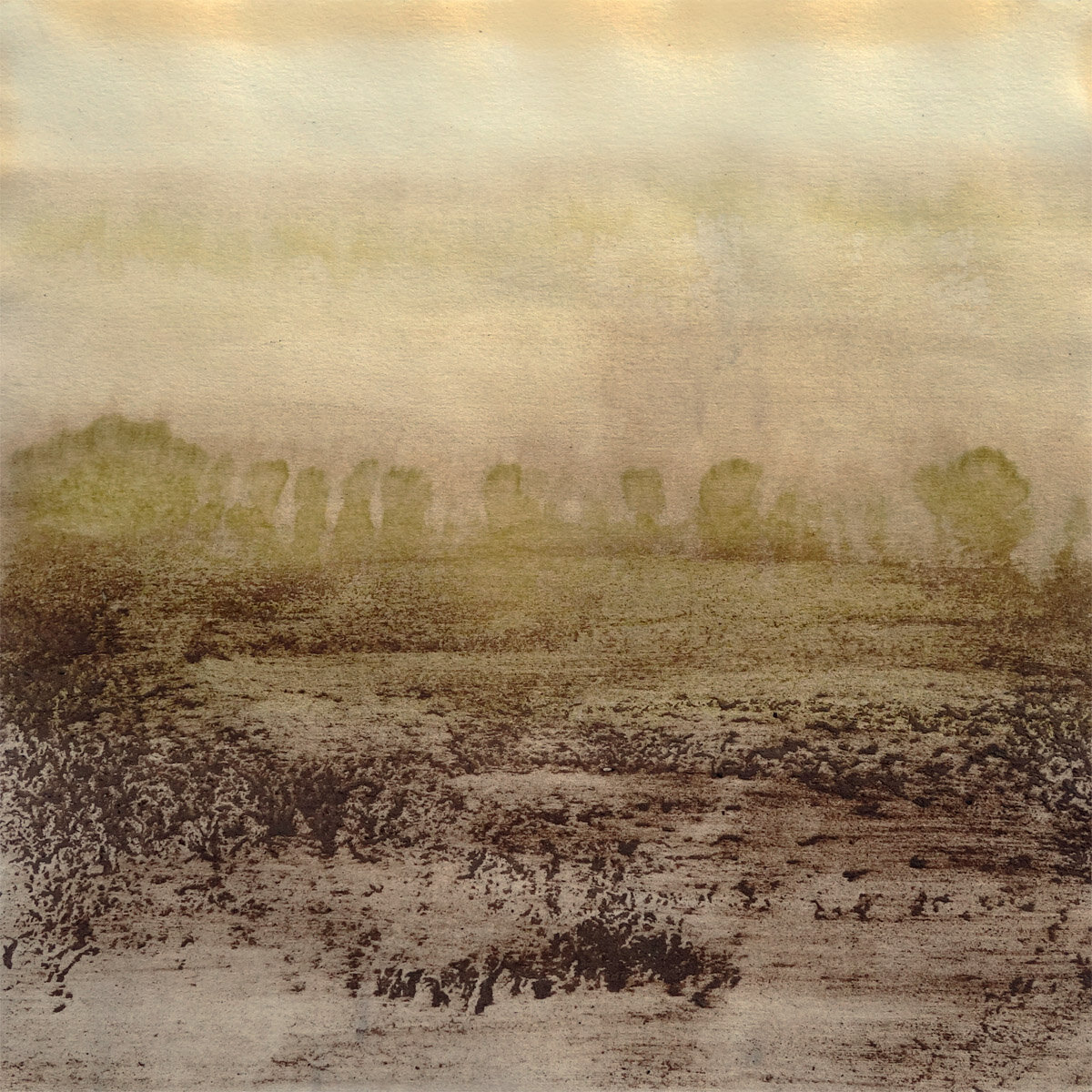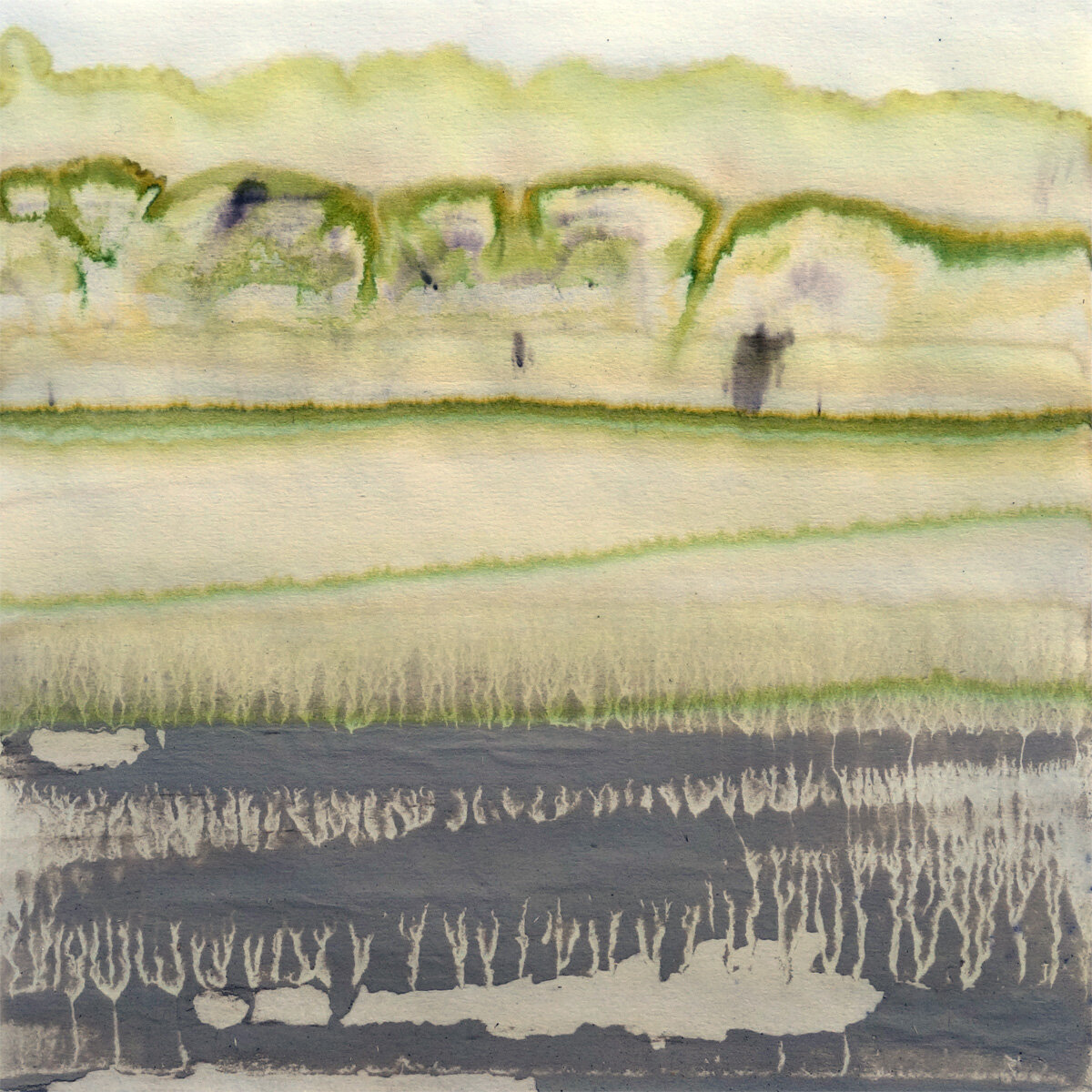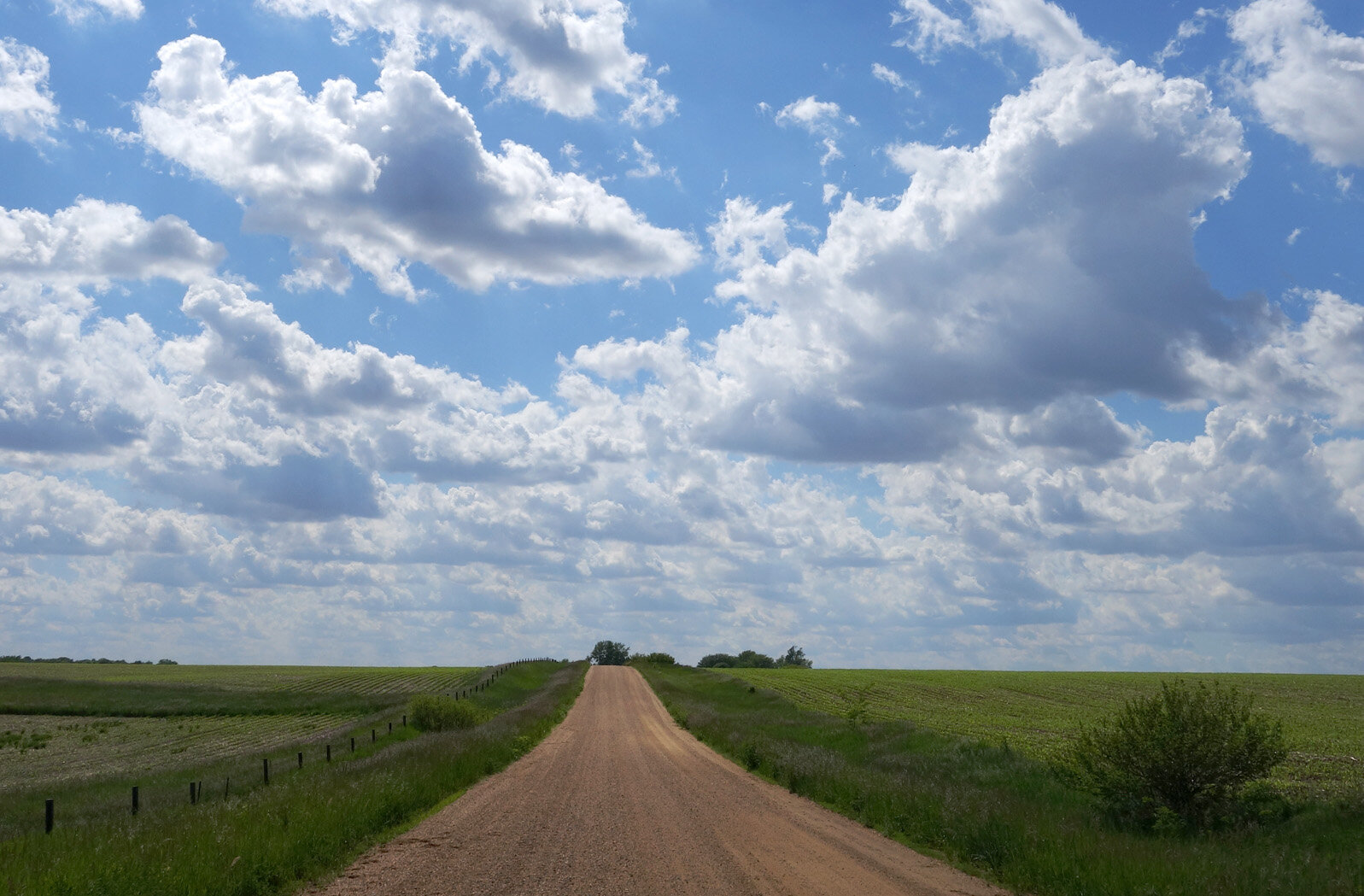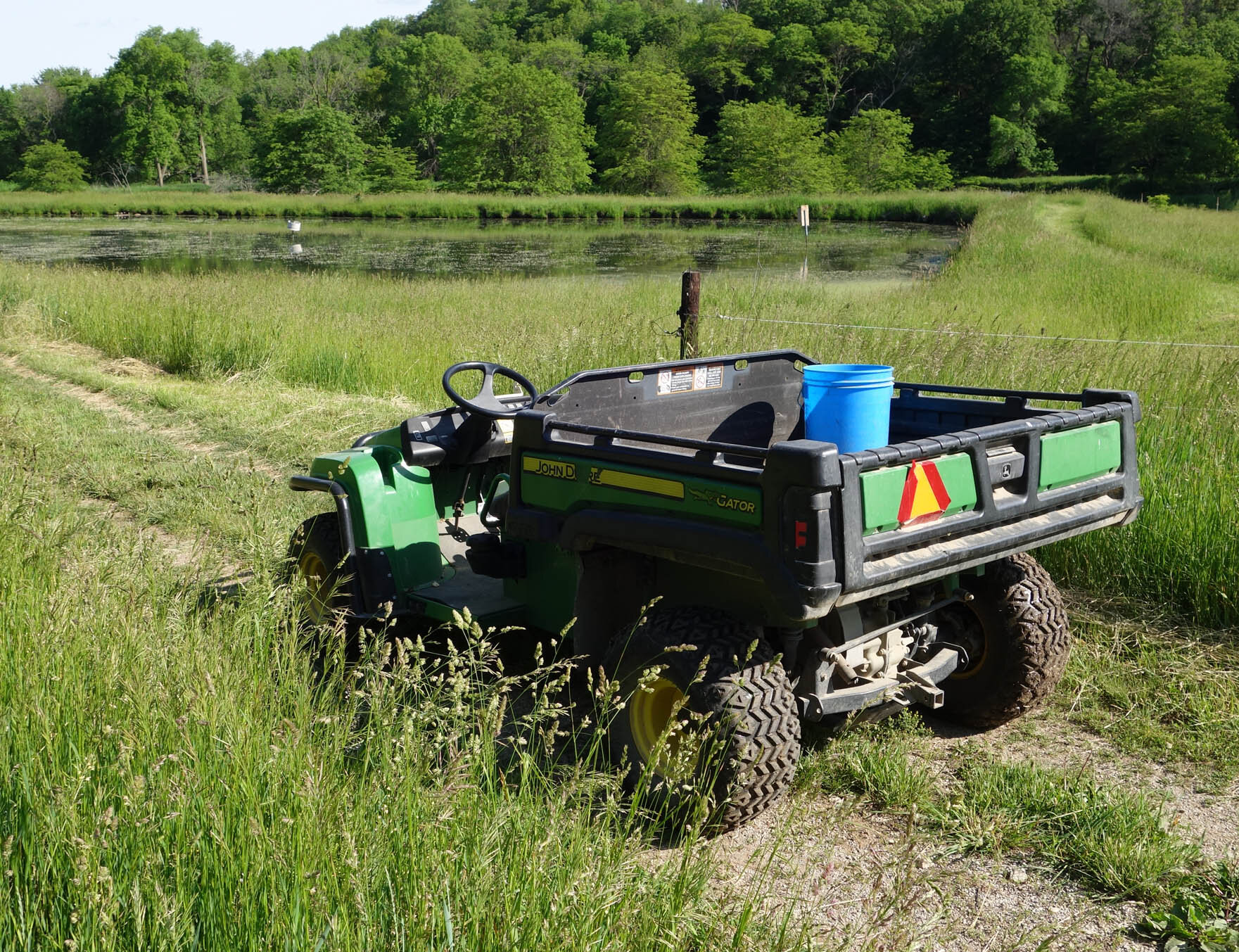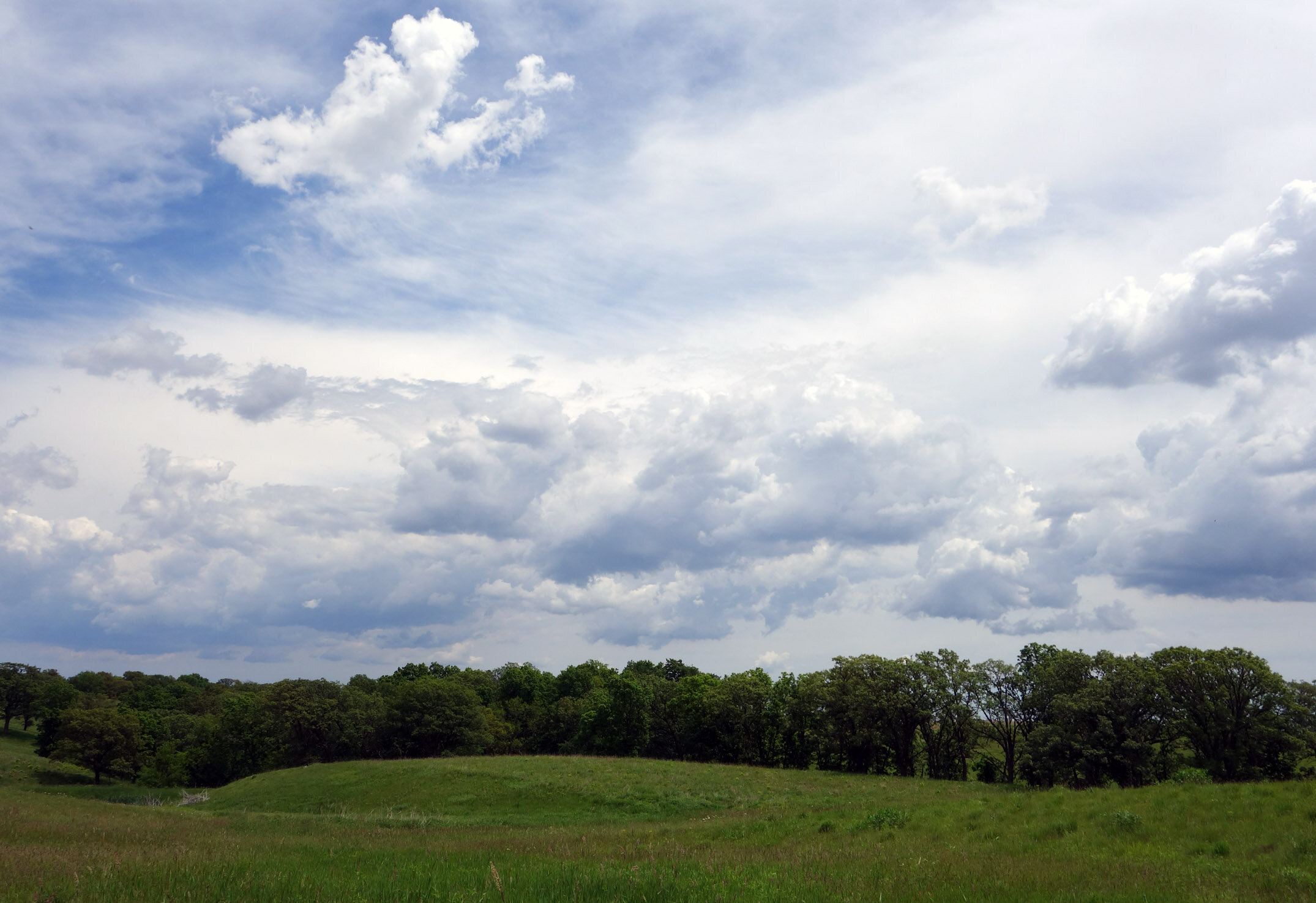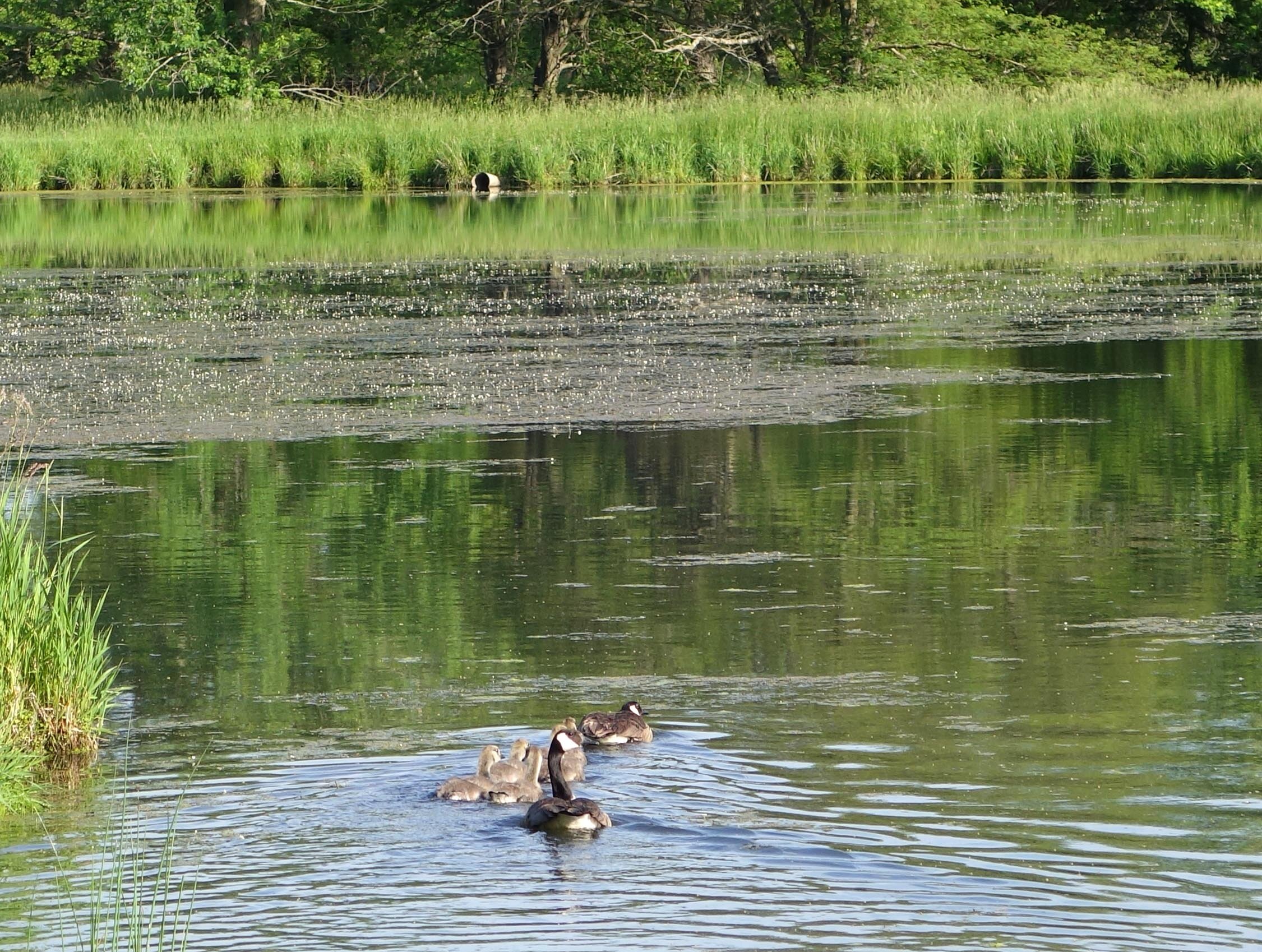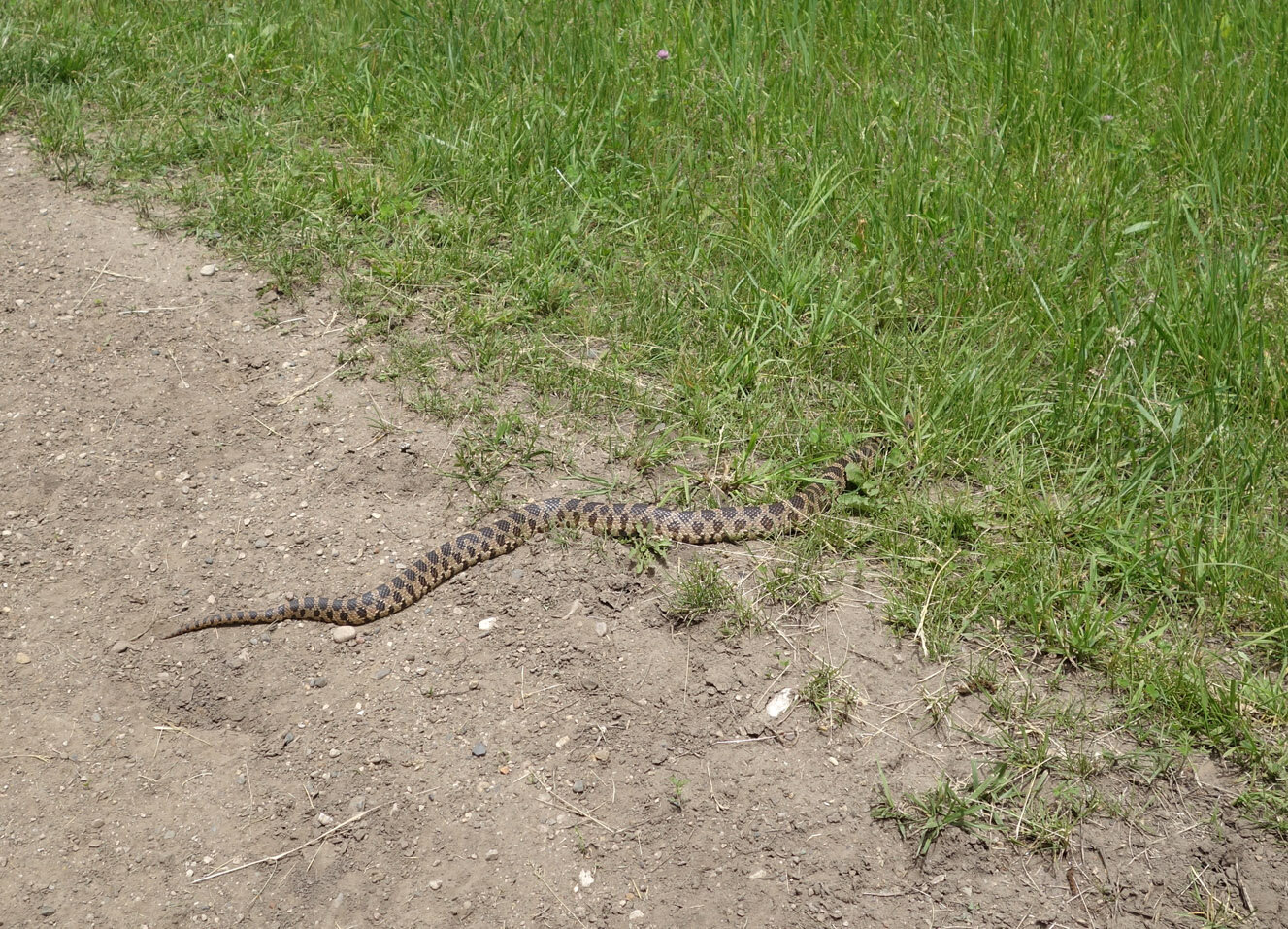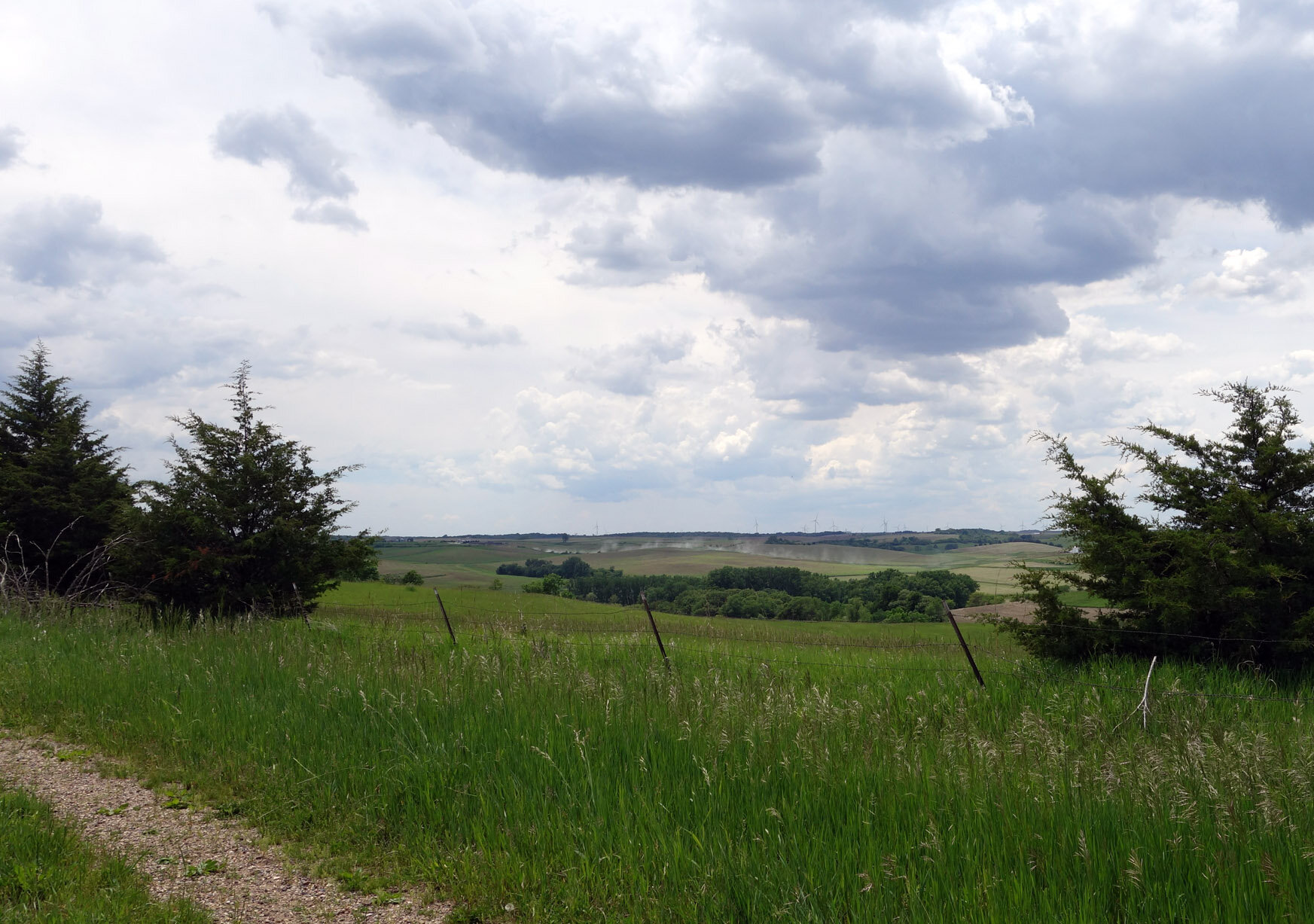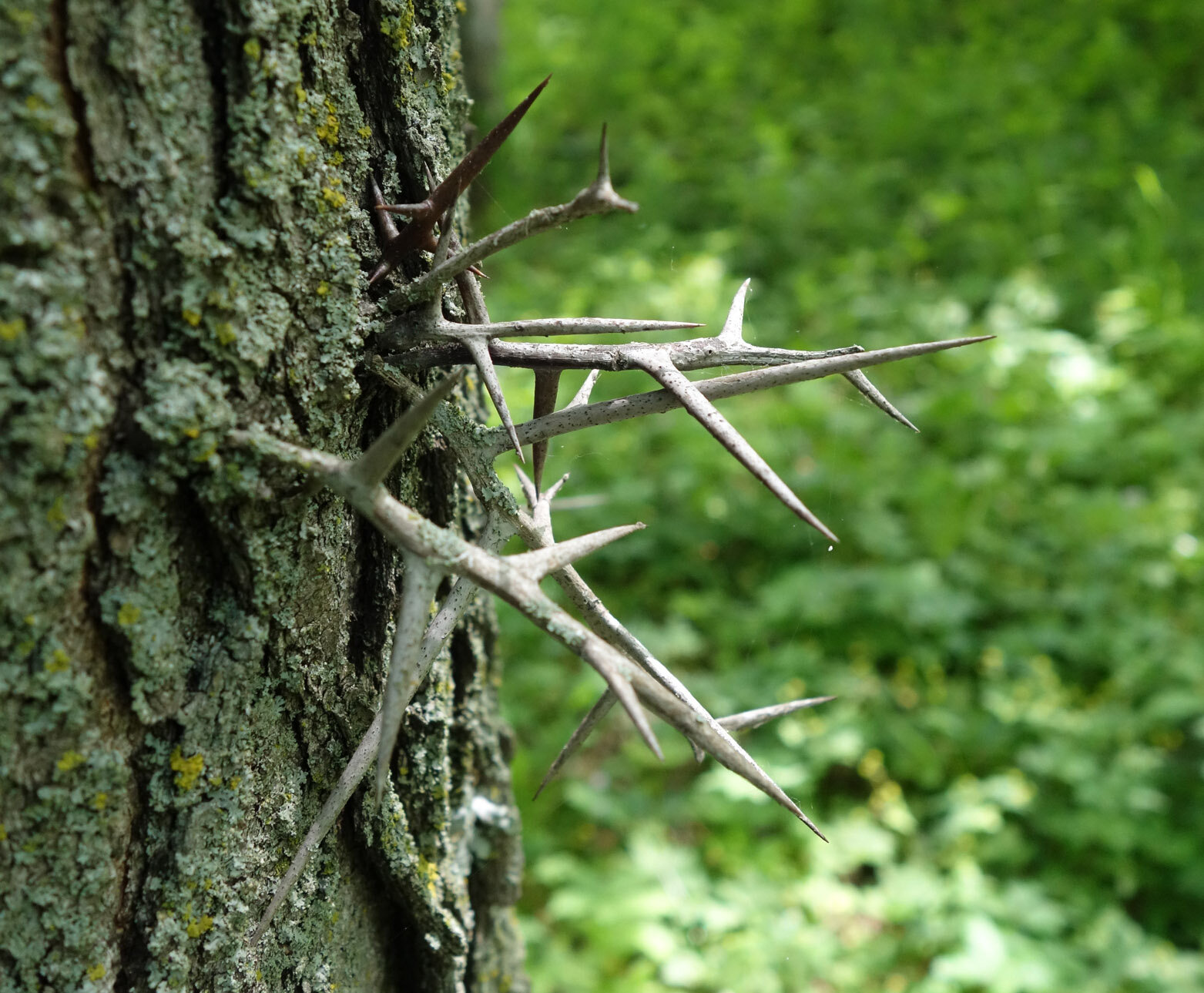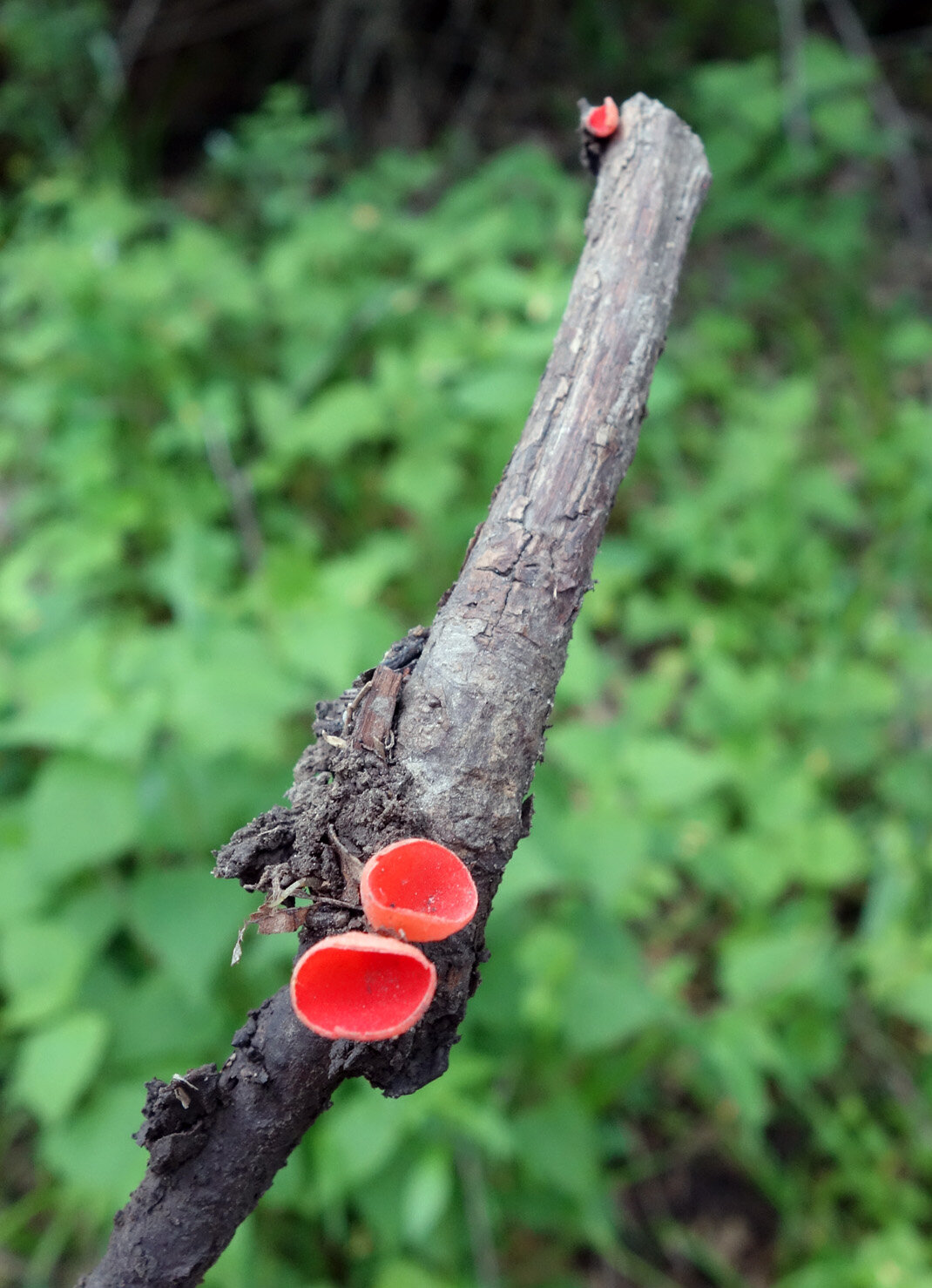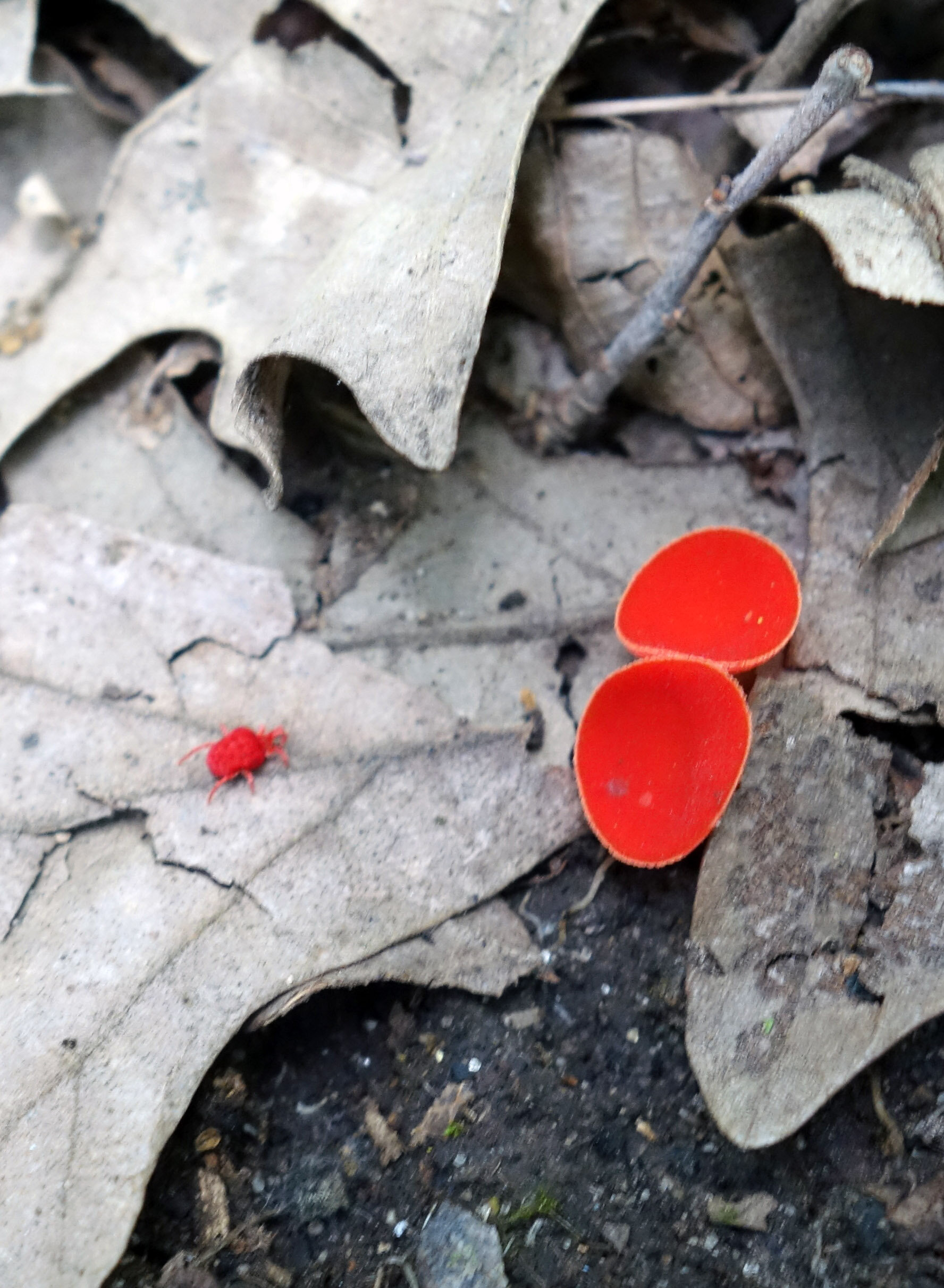I and my friends gathered many natural materials while on my Whiterock Conservancy artist residency - plant, flower, fungus, bark, lichen, soil, water, rock, and mineral samples - which I then processed into a pigment solution and “printed” on filter paper through chromatography.
I’ve done a version of this before on my BROTA residency with the Buenos Aires Botanical Garden; that time, I used fairly standard scientific 4” rounds and only used one plant species per round for individual portraits that also captured differing seasons within the botanical garden. This time, I sized up to 8x8” squares, and additionally made a handful of larger 23x18” pieces; with these my chromatography features entire ecosystems. This post will display my new 8x8” pieces! The first photo is just a process pic, followed by 19 different chromatograms. (I donated three others to the conservancy, Liz Garst, and the groundskeeper Amanda who shared the tree frog with me.)
I’m really excited by this series and am interested to see how these pieces age in terms of pigmentation going fugitive; I have sealed them and hope they retain their coloration for many years to come, but their likely degradation over time certainly fits with themes in my broader bodies of work about ecological conservation and loss. My Buenos Aires pieces do appear to have lost a little saturation over the past two years, but they still display a good range of color. In that case, each round made use of only one plant species; in this case, since there are mineral and soil components as well, I have hopes that those sections will endure even longer than the plant pigmentation.















